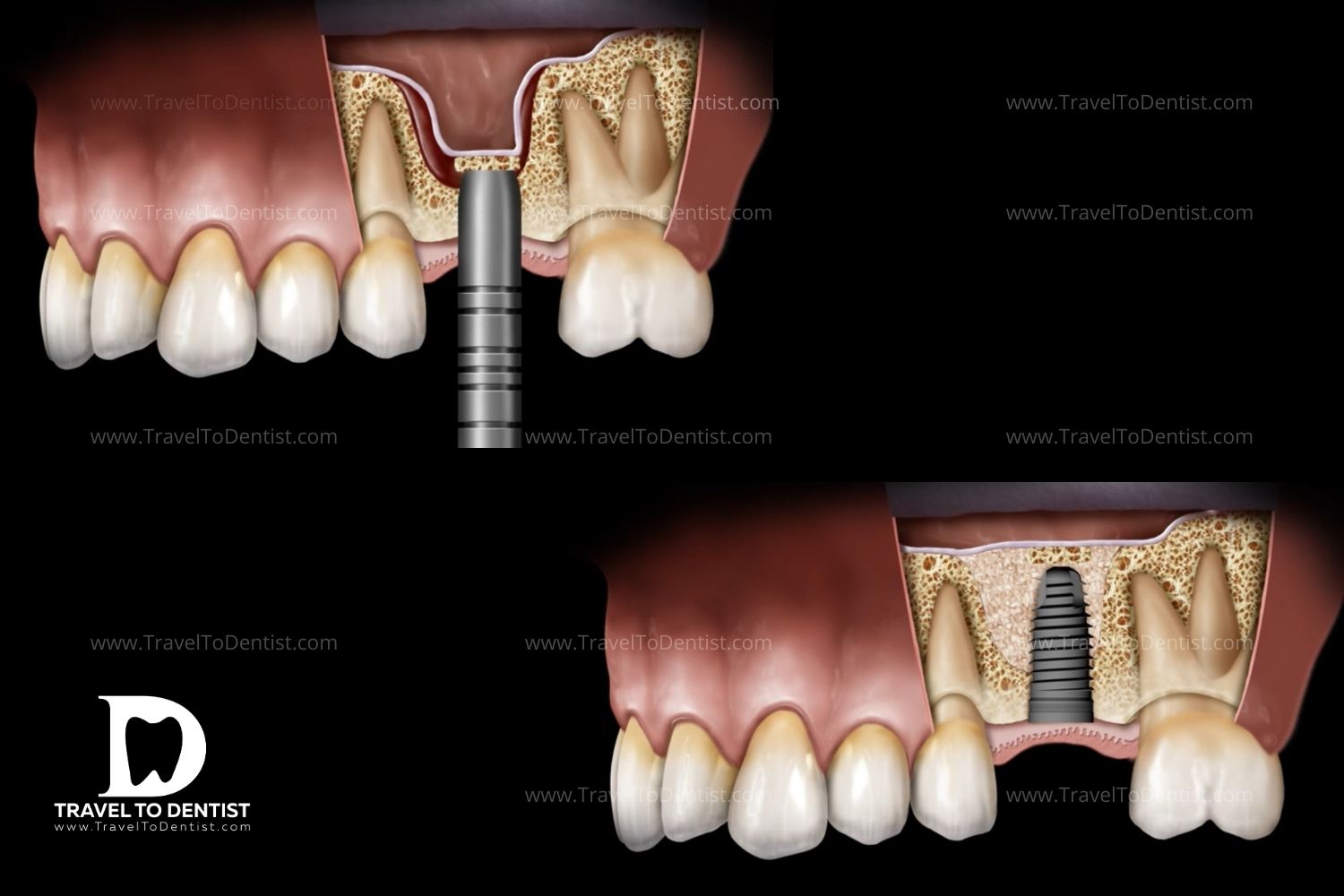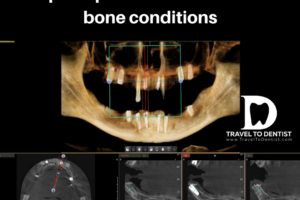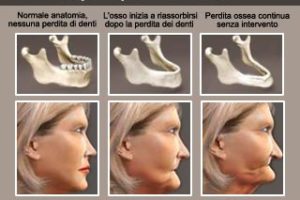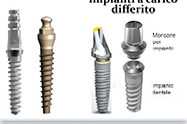
What is a Sinus Lift?
To understand what maxillary sinus lift is, we need to know what maxillary sinus is. Maxillary sinuses are bony cavities of the skull, filled with air. These areas look like balloons and are usually found in the upper roots of the upper molars and premolars.
Sinus Lift (Sinus Lift) is a surgery that allows us to increase the bone mass of the molars and premolars of the upper jaw with artificial, synthetic or natural bone. Sinus liftis performed only if it becomes necessary to install implants and exclusively for the upper jaw (see video below).
Techniques to perform maxillary sinus lift:
- Internal sinus lift (mini maxillary sinus lift) – the first video;
- External sinus lift (large sinus lift) – the second video.
Mini maxillary sinus lift
Internal sinus lift is the surgical intervention which consists of drilling the bone thickness up to the floor of the maxillary sinus which is accurately fractured, without breaking the membrane and the artificial bone is inserted through the hole obtained. This procedure is done when the maxillary sinus is not very low and needs to be lifted with only 1-3 mm. Crestal sinus floor elevation (a second denomination of the technique) was first demonstrated by Summers in 1940, and today it is often used when it comes to bone augmentation and insertion of thedental implant in the same session.
Among the advantages of the mini maxillary sinus lift we must mention that the surgery is less traumatic for patients, the risks of vascular complications and the pre-prosthetic period are reduced. The disadvantage of this procedure is that the dentist works without direct visibility and therefore the risk of rupture of the sinus membrane increases. To reduce this risk, the surgeon who performs this surgery must have rich experience in performing the procedure and use a kit of specialized tools.
Large sinus lift
This technique is usually used when the bone resorption is very large and the sinus floor is very low. A bone window is cut from inside the oral cavity through which the bone graft is introduced. The window is closed with a resorbable membrane, and the flap is sutured. The insertion of the implants simultaneously with the major sinus lift operation is done in cases where the residual ridge has the necessary quality and sufficient thickness for the primary stability of the implants (at least 4-5mm). In cases where this does not occur, dental implants are inserted after 4-8 months after surgery.
The advantages of the large sinus lift technique are: creating a firmer base for implant placement and minimizing the risk of membrane rupture. Among the disadvantages of the intervention it should be mentioned: more invasive and longer treatment, the risk of vascular complications increases. Learn more about all the risks and complications of sinus lift.
You don’t know which technique would be suitable for you and what would be the cost of Sinus lift surgery in your case? Request a personalized quote.
Contraindications to sinus lift surgery:
In addition to general contraindications to surgical treatments: cardiovascular decompensation, respiratory failure, decompensated diabetes; there are specific contraindications to maxillary sinus lift surgery:
- haemophilia (human recessive inherited disease involving severe insufficiency in blood clotting);
- neoplasms / tumor;
- acute sinusitis;
- ental cysts or granulomas;
- the presence of foreign bodies inside the breast;
Advice after maxillary sinus lift
- After surgery it is advisable to take antibiotics to prevent any infections and painkillers to combat pain. Do not wait for the pain to become intense, otherwise the effect may be insufficient.
- Sometimes after 2 – 3 days from maxillary sinus lift, the part subjected to surgery tends to swell and the inflammation can last up to 7 days. In this case it is recommended to put an ice pack on the cheek to reduce swelling (10 min. Every 2 hours).
- If bruises on the skin or slight bleeding appear, these events are not constant and therefore are not worrying. It is advisable not to spit as this can cause the most severe bleeding.
- You should not blow your nose vigorously in order not to disturb the bone graft.
- It is recommended to rinse and not to clean the place where the surgery was done with a toothbrush. Only after the wound has healed can it be used.
- Stress should be avoided for 10 to 15 days.
- Hard, liquid, cold or too hot foods and alcoholic beverages should be avoided on the day of surgery.




















Spelling error report
The following text will be sent to our editors: